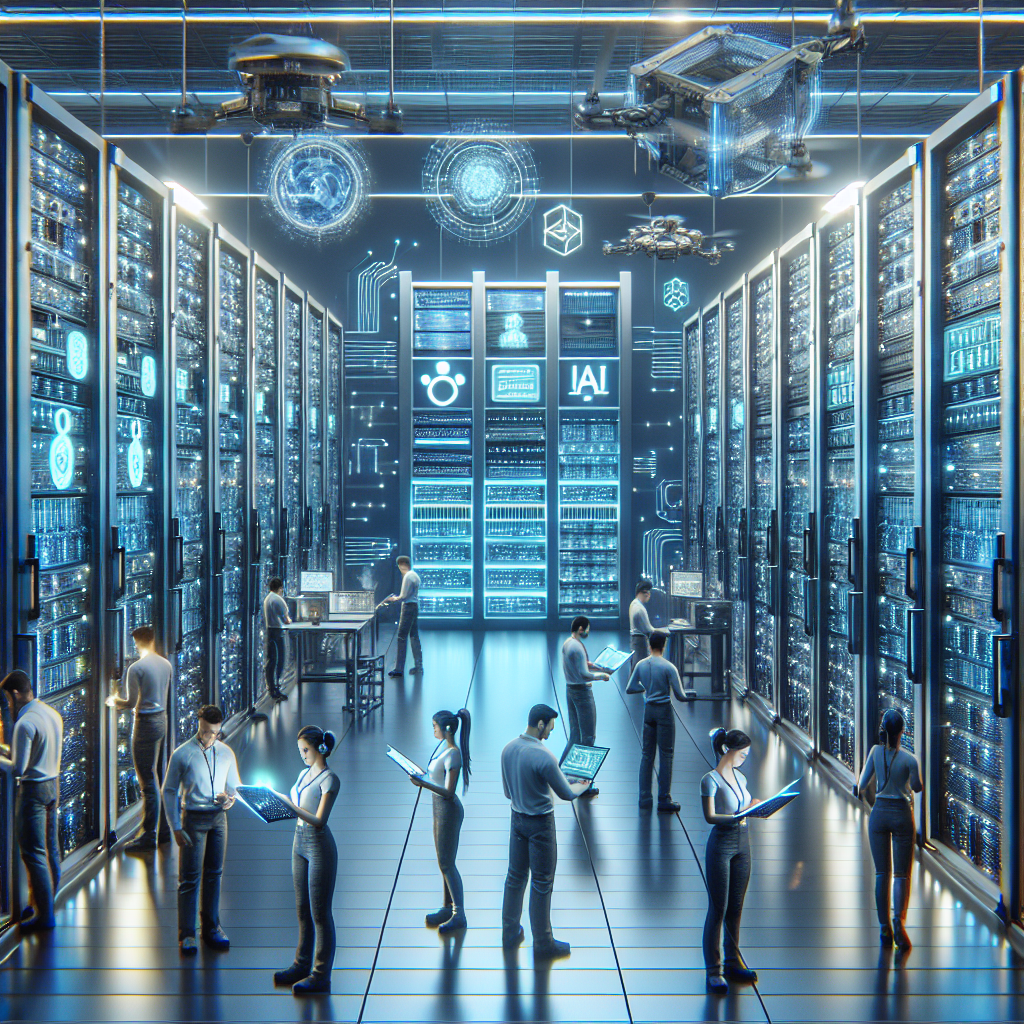Data centers are the backbone of the digital age, serving as the central hub for storing, processing, and managing vast amounts of data. As technology continues to evolve at a rapid pace, the future of data center servicing is also undergoing significant changes. From emerging trends in efficiency and sustainability to advancements in automation and artificial intelligence, data centers are poised to become more powerful and dynamic than ever before.
One of the key emerging trends in data center servicing is the focus on energy efficiency and sustainability. With the increasing demand for data storage and processing capabilities, data centers are consuming more energy than ever before. In response, data center operators are exploring ways to reduce their carbon footprint and optimize energy usage. This includes investing in renewable energy sources, implementing energy-efficient cooling systems, and adopting innovative cooling technologies such as liquid cooling and free-cooling systems.
Another important trend in data center servicing is the adoption of automation and artificial intelligence (AI) technologies. As data centers become larger and more complex, manual maintenance and monitoring tasks are becoming increasingly challenging. Automation and AI can help streamline these processes, improving efficiency, reducing human error, and increasing overall reliability. For example, AI-powered predictive maintenance systems can analyze data in real-time to predict equipment failures before they occur, allowing for proactive maintenance and minimizing downtime.
In addition to efficiency and automation, data center operators are also focusing on enhancing security and resilience. With the increasing frequency of cyber attacks and natural disasters, data centers need to be equipped with robust security measures and disaster recovery plans. This includes implementing multi-layered security protocols, regular security audits, and backup and recovery systems to ensure data integrity and availability.
Furthermore, the rise of edge computing is also shaping the future of data center servicing. Edge computing involves processing data closer to the source, reducing latency and improving performance for data-intensive applications. This shift towards decentralized computing requires data centers to be strategically located at the edge of the network, enabling faster data processing and real-time analytics.
Overall, the future of data center servicing is bright and promising, with emerging trends and technologies driving innovation and transformation in the industry. By focusing on energy efficiency, automation, security, and edge computing, data centers are poised to become more agile, resilient, and scalable than ever before. As technology continues to advance, data centers will play a crucial role in shaping the digital landscape of tomorrow.


Leave a Reply